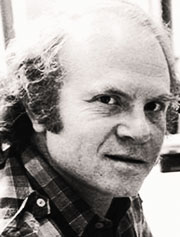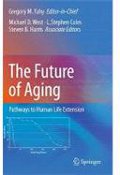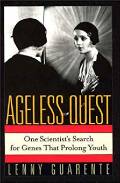Thomas Johnson and David Friedman Define the AGE-1 gene
 Who:Thomas Johnson, David Friedman
Who:Thomas Johnson, David FriedmanWhen:February 05, 1988
Methods: By obtaining long-lived mutants of C. elegans and crossing them to screen which alleles resulted in longer lifespans
Institution: University of California - Irvine
Where: Irvine, California, U.S.A
Funding: National Institutes of Health
With long-lived strains of mutant nematodes C elegans being identified Thomas Johnson and David Friedman set out to define which genes in the mutant worms were responsible for the increase in life span.
Their idea was to obtain the different long-lived strains and cross them to see which alleles had an effect and which didn't. Their results yielded alleles: MK31, MK542, and MK546 which they deemed the age-1 gene.
While the identification of these alleles was exciting, the mutants also expressed decreased sexual function, a finding which supports the theory of antagonistic plieotropy. In short, the theory suggests most favorable mutations to reproduction also carry a negative effect. In Johnson and Friedman's words:
Most mutational events results in lower viability and decreased life expectancy. The shorter life span of most mutants is not surprising since species have undergone extensive selective adaptation of life history characteristics to maximize reproductive success.
Philosophy aside, Friedman and Johnson's discovery helped set the stage for identifying molecular mechanisms leading to longer life.
"It is of considerable interest to know whether other mutations at other loci in C. elegans can lead to longer life."
A prelude of things to come indeed.
References
- Friedman, D.B, Johnson, T.E. Three Mutants That Extend Both Mean and Maximum Life Span of the Nematode, Caenorhabditis elegans, Define the age-1 Gene. J. Gerontol. 43, B102-B109 (1988).
Links




